Téléchargements
Allergy : Paradox of a widespread and unrecognized scourge
Article updated on 16.04.2024
Allergy or type 1 hypersensitivity
Allergy is a disturbance of the immune system that corresponds to a loss of tolerance towards substances that are a priori harmless : allergens.
Our body defends itself against an external enemy, which we have breathed, drunk, eaten, touched or which has stung us, in an excessive way by producing IgE : This is the allergic reaction.

The Allergy Mechanism has two phases :
1 ) Sensitization : This is the first contact with the allergen
Our immune system recognizes the element as a danger and starts to produce specific antibodies against it.
It will keep "in memory" this element as an aggressor and the means to defend itself against it.
This phase is asymptomatic.
2) The allergic reaction : This is the second (and subsequent) contact with the allergen
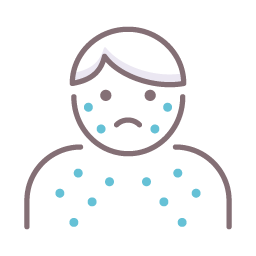
The IgE antibodies are ready to intervene and trigger a series of reactions by releasing large amounts of histamine and other inflammatory substances.
The severity and intensity of the allergic reaction depends on our genetic predisposition and exposure to the substance.
Allergy figuresThe WHO ranks allergies as the 4th most common chronic disease in the world. 1 in 3 people born after 1980 is allergic. For example, in France today, 25 to 30% of people are affected. |
Different types of allergens
Pneumallergens
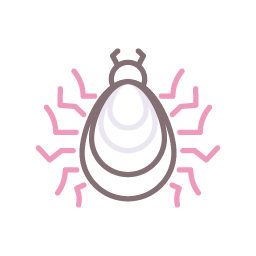


They penetrate by air such as :
- pollens (from flowers, trees, grasses) ;
- animal hair (the cat is the main culprit but not the only one) ;
- dust mites (50,000 species, feeding on skin and hair debris) ;
- molds (indoor and outdoor).
Trophallergens
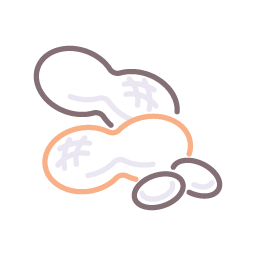


They enter by ingestion, which means through food.
90% of food allergies are due to only 10 types of food, the most frequent being cow's milk, eggs and peanuts.

Do not confuse : Allergy and intolerance ! |
Contact allergens
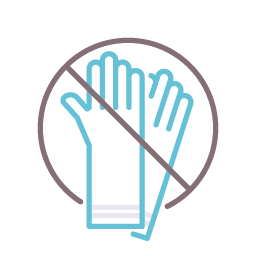
They act by direct contact with the skin, the leader being Latex.
But cosmetic products, perfumes and household products are also frequently involved.
Medicines

In principle, all medicines or their excipients can cause allergies. Antibiotics and anti-inflammatory drugs are the best known.
Venoms
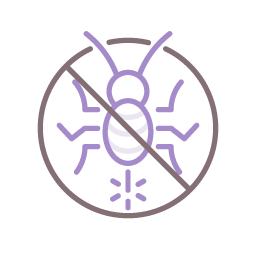
From ants, bees, wasps to name a few.
Symptoms
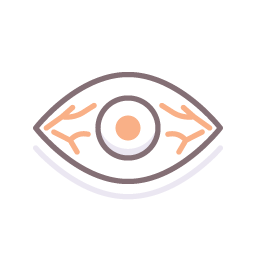


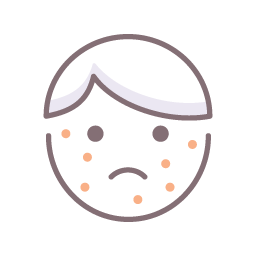

They are numerous and varied with :
- Skin signs ; pimples, hives, edema ;
- ENT signs : rhinitis, cough ;
- Asthma ;
- Digestive signs : cramps, nausea, vomiting ;
- General signs : from simple malaise to anaphylactic shock.
Risk factors
Family predisposition or atopic terrain
It is the allergic predisposition that is passed on, not the allergy itself.
Triggering factors
These are the allergens.
Aggravating factors
They are numerous :
- Air or domestic pollution ;
- Smoking ;
- Viral infections ;
- Diet ;
- Physical effort ;
- Climate.
More and more allergic people
The hypotheses are varied and diverse :
- Hygiene hypothesis ;
- Diets ;
- Air pollution ;
- Climate change ;
- The modification of the indoor environment ;
- The multiplication of drugs and antibiotics ;
- Stress ;
- Lack of vitamin D.
Cross-allergies
A cross-allergy occurs when a person who is allergic to one substance reacts to another because there are similar proteins in both substances even though they have nothing in common.
Diagnosis

It is based on :
- Careful questioning ;
- The symptoms ;
- Triggering circumstances ;
- The history ;
- Clinical examination ;
- And blood tests and prick tests.
Treatment

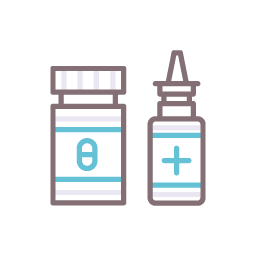
It depends on the importance and certain types of allergies.
First of all, avoidance of the allergen is obviously recommended.
Then a medicinal treatment is proposed which will essentially reduce the symptoms.
Other types of treatment such as desensitization or allergen immunotherapy, food desensitization or tolerance induction have good results.
Conclusion
Allergies are a major public health problem, affecting a growing number of people. They can affect individuals’ quality of life, sometimes causing severe symptoms. However, medical research has led to a better understanding of the underlying mechanisms and improved ways of diagnosing and treating allergies, but much remains to be done to find effective solutions that are adapted to everyday reality.
In the end, the fight against allergies is an ongoing battle that involves taking into account the nature and intensity of symptoms, as well as the geographical, climatic and seasonal dimensions of certain allergens.
